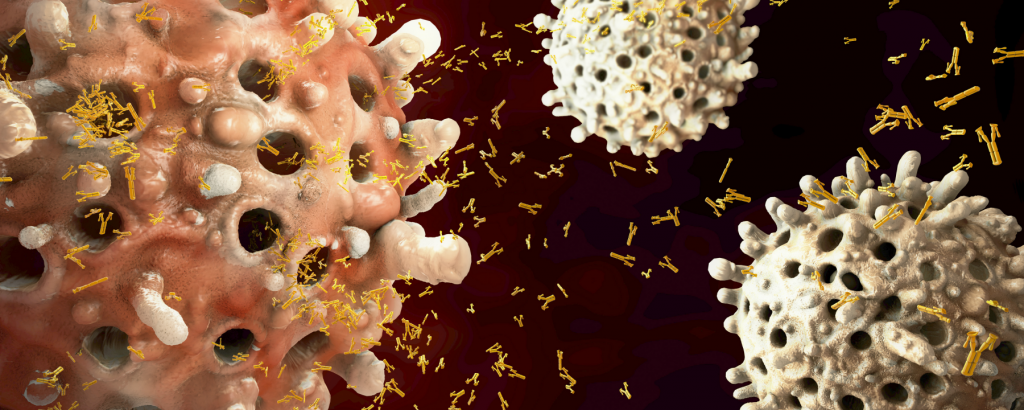Editor’s summary
Although current spatial transcriptomics technologies can locate gene expression within tissues, they are unable to map full-length B cell receptor (BCR) and T cell receptor (TCR) sequences in this context. Engblom et al. developed a method called spatial transcriptomics for variable, diversity, and joining sequences (Spatial VDJ), which spatially annotates full-length immunoglobulin and T cell antigen receptor transcripts in frozen human tissue sections. This approach, which also resolves whole transcriptomes and tissue morphology, results in high-fidelity mapping and spatial lineage tracing of B and T cell clones in both human lymphoid and tumor tissues. This technology has the potential to advance our understanding of lymphocyte spatial dynamics in various clinically relevant phenomena such as infection, vaccination, and cancer. —Seth Thomas Scanlon
Structured Abstract
INTRODUCTION
B cells and T cells respond to infections and inflammation, regulate tissue homeostasis, and maintain immunological memory. The targeted reactivity of B and T cells is determined by their clonally heritable antigen receptors, encoded by immunoglobulin (IG) and T cell (TR) antigen receptor genes. Spatial analysis of lymphocyte clonality may link specific antigen receptors to their regulatory niche or antigen (tumor-associated, self, or foreign). This, in turn, may help identify and harness antigen-specific clones for therapy.
RATIONALE
Single-cell technologies permit the study of antigen receptors at a cellular level but lack spatial resolution. Current spatial transcriptomics methods locate gene expression in tissues, but do not retain full-length antigen receptor sequences. Thus, methodologies that comprehensively map B and T cell receptor sequences within tissues are needed. We therefore developed spatial transcriptomics for variable, diversity, and joining (VDJ) sequences (Spatial VDJ), which spatially resolves full-length IG and TR transcripts, tissue morphology, and the whole transcriptome simultaneously in human tissue.
RESULTS
We developed two versions of Spatial VDJ that are compatible with whole-transcriptome 3′ arrays for frozen human tissue sections: (i) long-read (LR) Spatial VDJ for full-length IG and TR antigen receptor transcripts and (ii) short-read (SR) Spatial VDJ for TR only. For both approaches, we enriched for antigen receptor transcripts using hybridization capture targeting the IG and TR constant regions.
Spatial VDJ captured thousands of B and T cell receptor sequences in human tonsil tissue sections. The antigen receptor distribution matched canonical B and T cell locations and spatial gene expression patterns. Amplified clonal sequences were also confirmed by orthogonal methods, and the LR and SR Spatial VDJ versions to capture TR clones yielded comparable results. We found spatial congruency between paired receptor chains and developed a computational framework that identified IG heavy and light chain receptor pairs validated by single-cell VDJ analysis in human breast cancer. Distinct IG receptors spatially segregated across different tumor-associated areas within the same tumor, opening up the possibility of using Spatial VDJ as a first screen for tumor-associated antibodies.
Spatial VDJ also uncovered B cell clonal family diversity measures within and between distinct B cell follicles (containing germinal centers), which are key sites for B cell clonal expansion and maturation. Spatial phylogenetic analysis of B cell clones identified simultaneous lineage tree branching and geographical spreading to distinct germinal centers.
CONCLUSION
This study describes a method that allows for full-length antigen receptor mapping within human tissue. Spatial VDJ reveals B and T cell clonal dynamics in both lymphoid and cancer tissue. This includes linking clones to tumor-associated gene expression programs and spatially reconstructing B cell clonal diversity and lineage trajectories across their anatomical niches. Ultimately, Spatial VDJ may be useful to discriminate B and T cell clonal dynamics in the context of infections, vaccination, and anticancer immune responses, with the goal of harnessing antigen-specific clones for engineered cell- and antibody-based therapeutics…







